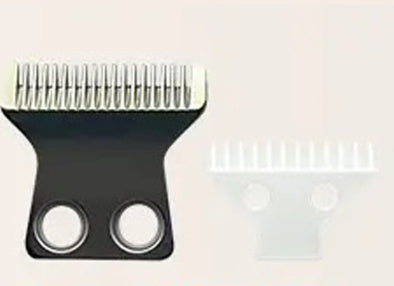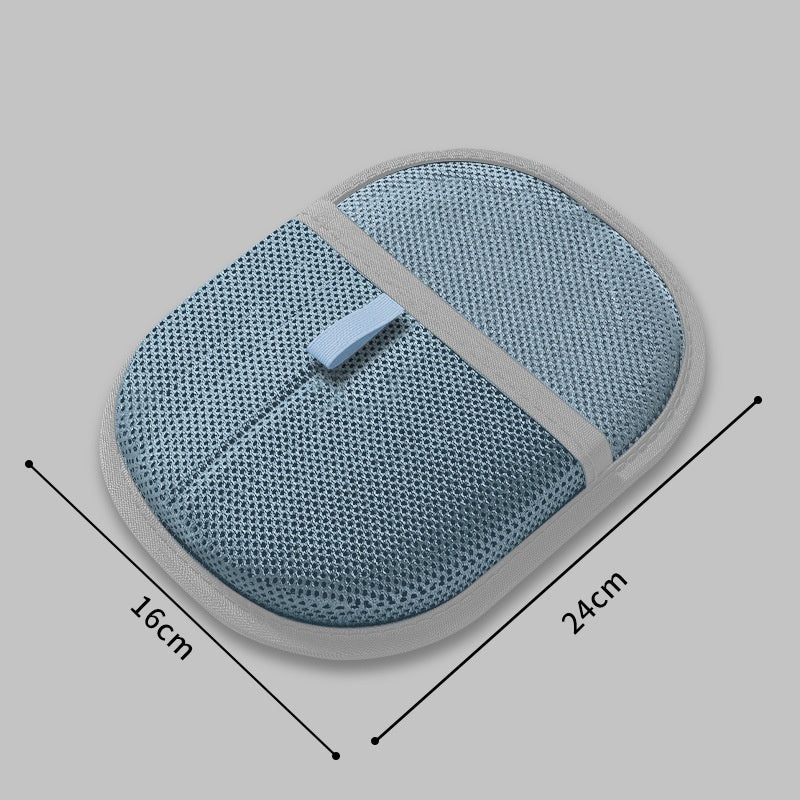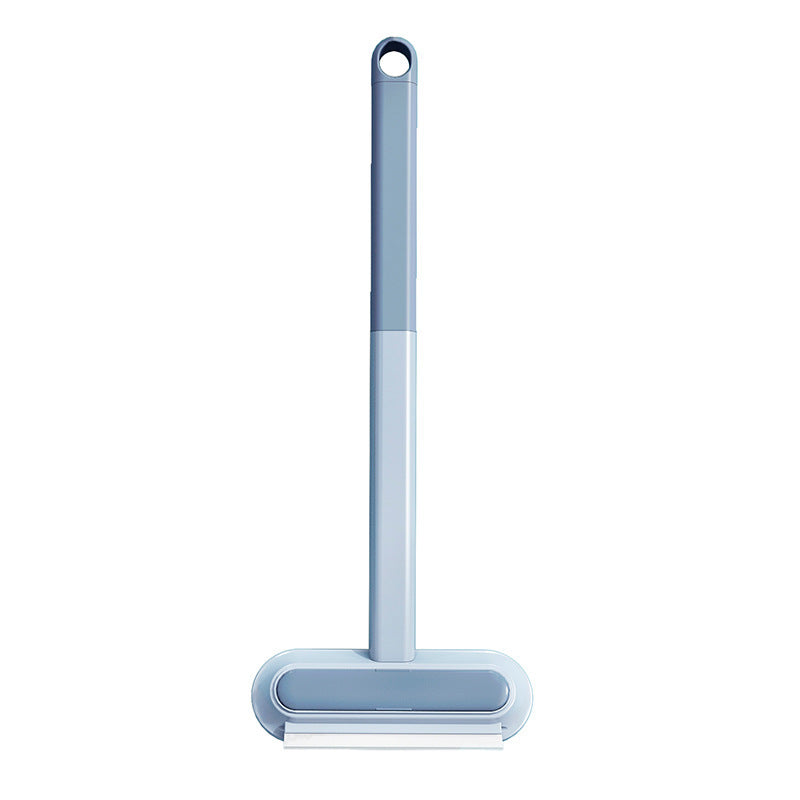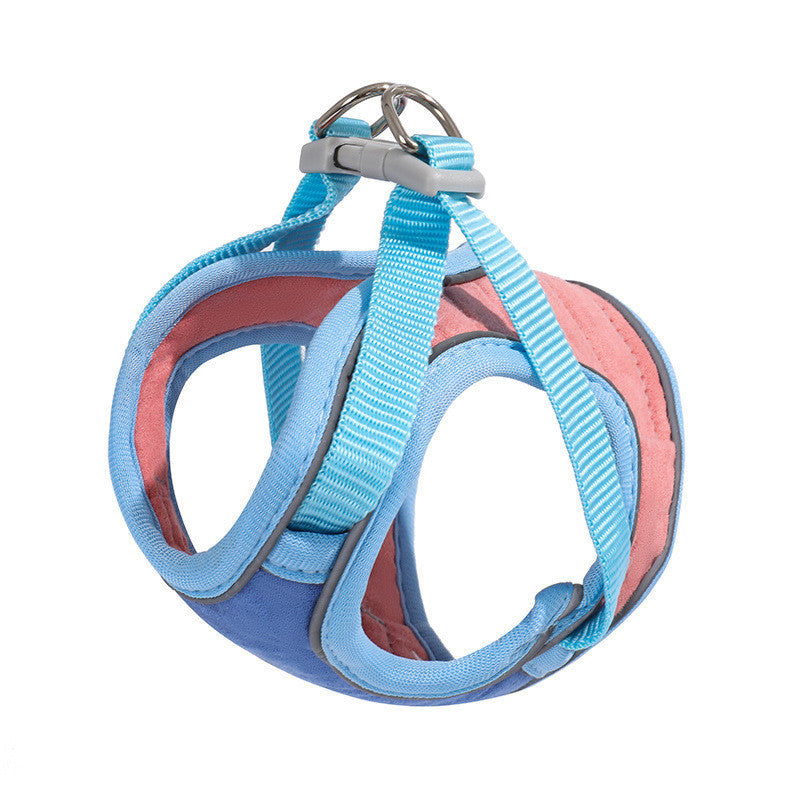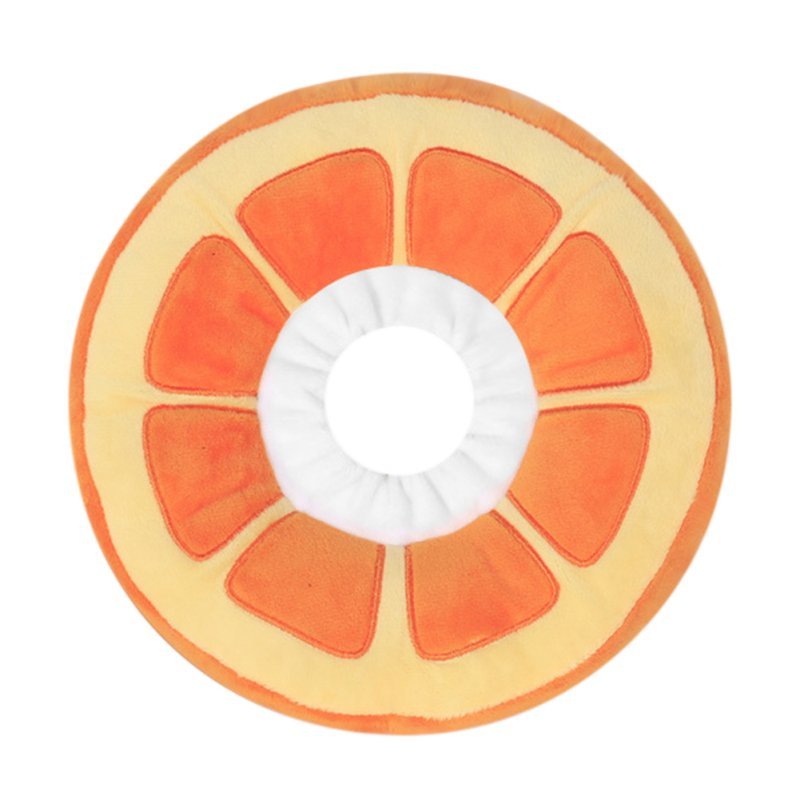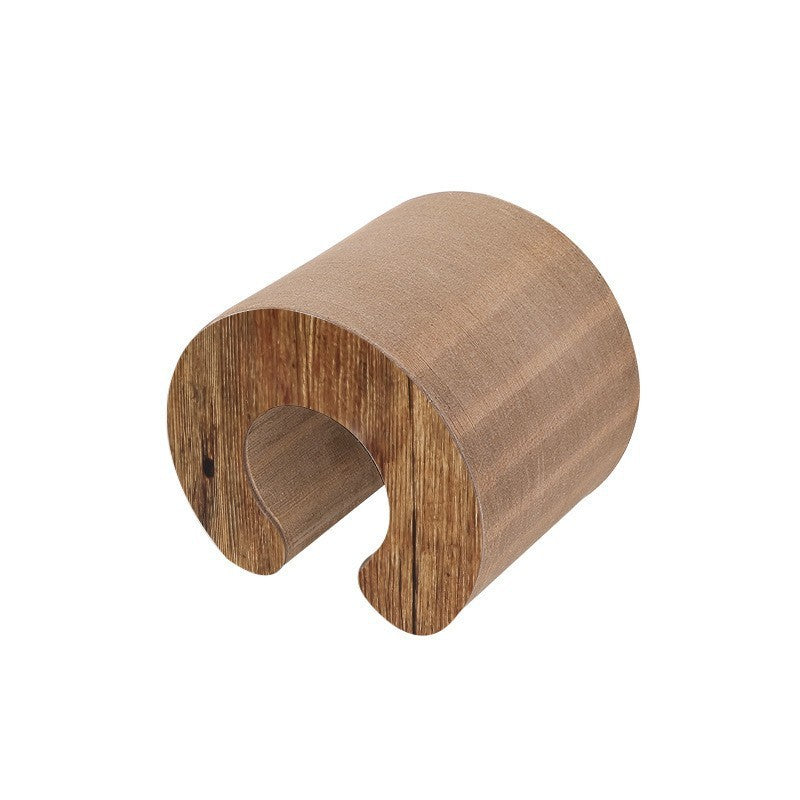When you share your home with one or more feline friends, keeping things stylish and cat-safe can feel like a constant battle.
Why Cat-Friendly Decor Matters More Than You Think
Territorial Needs: Cats are territorial animals that need to feel secure in their environment. They mark their territory through scent glands in their paws, face, and other body parts. Providing appropriate scratching surfaces and comfortable resting areas helps satisfy these needs.
Vertical Territory: In the wild, cats climb trees to survey their territory and escape predators. Indoor cats retain this instinct, which is why they gravitate toward high surfaces like bookshelves, kitchen counters, and the tops of cabinets.
Sensory Stimulation: Cats experience the world through their senses more intensely than humans. They're attracted to different textures, scents, and visual stimuli. Incorporating these elements thoughtfully can create a more engaging environment.
Safety and Security: Cats need safe spaces where they can retreat when feeling overwhelmed. These hideaways should be quiet, comfortable, and easily accessible.
Stylish & Practical Design Tips: A Deep Dive
- Microfiber: This synthetic material is tightly woven, making it difficult for claws to catch. It's also stain-resistant and easy to clean with just water and mild soap.
- Leather and Faux Leather: Natural leather develops a beautiful patina over time and can handle moderate scratching. Faux leather offers similar benefits at a lower cost and is often easier to clean.
- Ultra-Suede: This synthetic fabric mimics the feel of real suede but is much more durable and stain-resistant.
- Crypton Fabrics: Specifically designed for homes with pets, these fabrics are liquid-proof, stain-resistant, and antimicrobial.
- Silk: Delicate and easily damaged by claws
- Loose Weaves: Cats can easily pull threads, causing runs and holes
- Velvet: Shows every hair and paw print
- Linen: Natural fibers that cats find irresistible for scratching
- Reinforced Corners: Areas where cats typically scratch should have extra protection
- Removable Covers: Machine-washable slipcovers make maintenance easier
- Rounded Edges: Reduce the risk of injury during play
- Hidden Storage: Built-in storage for toys and accessories
- Scratch Guards: Clear vinyl protectors that adhere to furniture corners
- Furniture Covers: Stylish throws that can be easily removed and washed
- Deterrent Sprays: Natural citrus or lavender scents that cats typically avoid
- Floating Shelves: Install a series of floating shelves at different heights to create a cat highway along walls
- Wall-Mounted Cat Trees: Modern designs that look like sculptural art pieces
- Ceiling-Mounted Platforms: Suspended platforms that don't take up floor space
- Window Perches: Suction-cup mounted or bracket-supported perches for bird watching
- Repurposed Furniture: Convert a vintage cabinet, dresser, or end table into a litter box enclosure
- Custom Built-ins: Design a cabinet specifically for litter box storage that matches your existing cabinetry
- Room Dividers: Use decorative screens or plant walls to create privacy
- Under-Stair Storage: Convert unused space under stairs into a dedicated litter area
- Daily Items: Food, treats, and grooming supplies should be easily accessible
- Toys: Rotate toys regularly to maintain interest; store extras in attractive containers
- Seasonal Items: Carriers, travel accessories, and seasonal toys can be stored in less accessible areas
- Cleaning Supplies: Keep cat-specific cleaning products separate and easily accessible
- Ottoman Storage: Dual-purpose furniture that provides seating and storage
- Woven Baskets: Natural materials that complement most decor styles
- Wall-Mounted Organizers: Keep items off floors and surfaces
- Mudroom Solutions: Dedicated spaces for outdoor cat gear
Room-by-Room Design Guide: Maximizing Style and Function
- Seating Solutions: Choose furniture with tight cushions and avoid loose pillows that cats can claim as beds. Consider sectional sofas with chaise lounges—cats love to stretch out, and you can designate specific sections for them. Recliners with smooth mechanisms prevent cats from getting caught in moving parts.
- Coffee Table Considerations: Replace delicate glass or marble coffee tables with sturdy wood or metal alternatives. Choose tables with rounded corners and avoid sharp edges. Consider tables with built-in storage for quick toy cleanup.
- Entertainment Center Design: Wall-mount your TV to prevent it from being knocked over. Use cable management systems to keep cords organized and out of reach. Consider entertainment centers with closed storage to protect electronics from curious paws.
- Lighting Solutions: Avoid floor lamps that can be easily knocked over. Wall sconces and ceiling fixtures are safer options. If you must use table lamps, choose heavy bases with weighted bottoms. LED bulbs are safer as they don't generate heat that might burn curious cats.
- Bedding Strategies: Invest in high-quality, washable bedding in colors that complement your cat's fur. Consider hypoallergenic options if you have sensitivities. Waterproof mattress protectors can prevent damage from accidents.
- Nightstand Setup: Secure items that might be knocked over during nighttime explorations. Use drawer organizers to keep small items contained. Consider touch-sensitive lamps that are harder to accidentally turn on.
- Closet Organization: Keep closets organized to prevent cats from hiding in inappropriate places. Use cedar blocks or lavender sachets to deter cats from using closets as alternate litter areas. Store shoes in closed containers to prevent them from becoming toys.
- Window Treatments: Choose durable blinds or curtains that can withstand curious paws. Cordless window treatments are safer and prevent potential strangulation hazards. Consider UV-filtering options to protect both you and your cat from harmful rays.
- Counter Management: Use motion-activated deterrents or create physical barriers to keep cats off counters. Consider installing pull-out cutting boards that can be easily cleaned after food preparation. Store knives and sharp objects in secure drawers or knife blocks.
- Food Storage Systems: Invest in airtight containers for both human and cat food. Glass or heavy plastic containers prevent pests and maintain freshness. Consider a dedicated feeding station with elevated bowls to improve your cat's posture during meals.
- Appliance Safety: Secure appliance cords and consider appliance locks for potentially dangerous items like dishwashers or ovens. Check appliances before use—cats often seek warm places to nap. Install safety latches on cabinets containing cleaning supplies or other hazardous materials.
- Flooring Considerations: Choose non-slip surfaces that are easy to clean. Avoid rugs near food and water areas unless they're washable. Consider anti-fatigue mats in areas where you spend a lot of time standing.
- Litter Box Placement: Ensure adequate ventilation around the litter box area. Consider installing an exhaust fan on a timer to maintain air quality. Keep the litter box away from electrical outlets and water sources.
- Storage Solutions: Use vanity organizers to keep toiletries secure and prevent cats from knocking items into the sink or toilet. Consider over-toilet storage for extra supplies. Install hooks for towels at heights cats can't reach.
- Safety Precautions: Keep toilet lids closed to prevent cats from drinking potentially harmful water. Secure medicine cabinets and keep all medications out of reach. Consider non-slip mats in the shower or tub area.
- Workspace Setup: Create a dedicated cat space within your office area: a comfortable bed or perch where your cat can observe without interfering. Use keyboard covers when away from your desk to prevent "helpful" typing. Consider a standing desk converter to change your working position and discourage desk sitting.
- Cable Management: Use cable organizers and cord protectors to prevent chewing and tangling. Secure all electrical cords and consider bitter apple spray as a deterrent. Wireless peripherals reduce the number of cords in your workspace.
- Storage and Organization: Use closed storage for important documents and supplies. Install floating shelves for decorative items that might otherwise be knocked over. Consider a filing cabinet with secure locks for sensitive materials.
Plant Integration: Bringing Nature Indoors Safely
- Spider Plant (Chlorophytum comosum): Easy to care for and produces "babies" that cats love to play with
- Areca Palm (Dypsis lutescens): Adds tropical elegance and improves air quality
- Boston Fern (Nephrolepis exaltata): Lush and safe, though cats may nibble on fronds
- Cat Grass (Avena sativa): Provides digestive benefits and satisfies the urge to graze
- Parlor Palm (Chamaedorea elegans): Compact and elegant, perfect for smaller spaces
- Basil: Safe for cats and useful for cooking
- Cilantro: Adds fresh scent and flavor to your kitchen
- Dill: Cats often enjoy the scent, and it's completely safe
- Mint: Plant in contained areas as it can be invasive
- Lilies: All parts are extremely toxic and can cause kidney failure
- Philodendrons: Contain calcium oxalate crystals that cause mouth irritation
- Pothos: Popular houseplant that can cause oral irritation and difficulty swallowing
- Sago Palm: Extremely toxic and potentially fatal if ingested
- Azaleas: Beautiful but deadly flowering plants
- Hanging Gardens: Install ceiling hooks or wall-mounted brackets for hanging planters. This keeps plants out of reach while adding vertical interest to your space. Consider macramé hangers for a bohemian touch or sleek metal hangers for modern spaces.
- Terrarium Gardens: Create enclosed plant environments that cats can observe but not access. Use glass containers with secure lids and interesting plant combinations. Add decorative elements like colored sand or small figurines.
- Wall-Mounted Planters: Install living walls or vertical gardens that serve as both art and air purification. These systems keep plants completely out of reach while creating stunning focal points.
- High Shelf Gardens: Use floating shelves specifically for plants, ensuring they're high enough that cats can't reach them even when jumping. Add grow lights if natural light is insufficient.
Advanced Cat-Friendly Design Concepts
- Territory Management: Provide multiple feeding stations, litter boxes, and resting areas to reduce competition. The general rule is one litter box per cat plus one extra. Create separate vertical territories for each cat to prevent conflicts.
- Traffic Flow: Design pathways that allow cats to move through the house without confronting each other. Consider installing cat doors between rooms to provide escape routes. Multiple entrance and exit points to each area reduce territorial guarding.
- Resource Distribution: Spread resources throughout the house rather than concentrating them in one area. This includes food and water stations, scratching posts, and comfortable resting spots. Rotate toys regularly to maintain interest and prevent possessiveness.
- Accessibility Modifications: Install ramps or steps to help older cats reach their favorite high spots. Lower food and water bowls to reduce neck strain. Consider heated beds for arthritic cats who need extra warmth.
- Safety Adaptations: Ensure adequate lighting in all areas to help cats with declining vision. Remove or secure loose rugs that might cause slipping. Provide multiple litter boxes on different floors to reduce travel distance.
- Comfort Enhancements: Invest in orthopedic pet furniture designed for senior cats. Provide extra padding in favorite resting spots. Consider ramps or pet stairs for bed access.
- Winter Preparations: Provide additional warm resting spots near heat sources. Consider heated cat beds or warming mats. Ensure adequate humidity levels to prevent dry skin and respiratory issues.
- Summer Adaptations: Create cool retreat areas with tile or marble surfaces. Ensure adequate ventilation and consider fans in areas where cats spend time. Provide multiple water sources to encourage hydration.
- Holiday Decorating: Choose cat-safe decorations and secure all seasonal items. Avoid tinsel, small ornaments, and toxic plants like poinsettias. Create designated "safe zones" where cats can retreat from holiday activities.
- Homemade Scratching Posts: Create custom scratching posts using PVC pipes, rope, and carpet remnants. Design them to match your decor by choosing rope colors and carpet patterns that complement your space.
- Upcycled Furniture: Transform old furniture into cat-friendly pieces. Add scratching surfaces to chair legs, convert old dressers into litter box enclosures, or create cat beds from unused drawers.
- Wall-Mounted Cat Furniture: Build floating shelves and cat perches using basic woodworking skills. Sand and stain them to match your existing furniture for a cohesive look.
- Furniture Flipping: Look for solid wood furniture at thrift stores and refinish it to be cat-friendly. Sand rough edges, apply pet-safe stains, and add protective coatings.
- Fabric and Textile Hunting: Find durable fabrics at discount stores for making your own slipcovers and pet beds. Look for outdoor fabrics, which are often more durable and stain-resistant.
- Storage Solutions: Repurpose baskets, containers, and organizers from discount stores for toy storage and organization. A coat of paint can transform any container to match your decor.
- End-of-Season Sales: Buy pet furniture and accessories during off-peak seasons. Many retailers offer significant discounts on pet items during certain times of the year.
- Multi-Purpose Purchases: Invest in items that serve multiple functions. Ottoman storage, convertible furniture, and modular systems provide better value than single-purpose items.
- Quality vs. Quantity: Focus on buying fewer, higher-quality items rather than many cheap ones. Well-made pieces last longer and often look better, providing better long-term value.
Maintenance and Longevity: Keeping Your Cat-Friendly Home Beautiful
- Quick Cleaning Habits: Develop a daily routine that includes vacuuming high-traffic areas, wiping down surfaces, and addressing any accidents immediately. Keep cleaning supplies easily accessible in each main area of your home.
- Preventive Measures: Regular grooming reduces shedding and prevents matting. Trim your cat's nails regularly to minimize furniture damage. Maintain litter boxes daily to prevent odor and behavioural issues.
- Observation and Adjustment: Monitor your cat's behaviour and adjust your setup as needed. If certain areas are being avoided or overused, consider modifications to improve the balance.
- Spring Cleaning: Deep clean all cat-related areas, including washing or replacing bedding, thoroughly cleaning litter areas, and checking all mounting hardware for cat furniture.
- Fall Preparation: Prepare for increased indoor time by refreshing toys, checking heating elements in cat furniture, and ensuring all winter retreat areas are clean and comfortable.
- Regular Inspections: Check furniture for wear and tear, inspect cat trees and shelves for stability, and replace any worn or damaged items before they become safety hazards.
- Long-Term Planning
- Replacement Schedules: Plan for regular replacement of high-wear items like scratching posts, bedding, and toys. Budget for these expenses to maintain your home's appearance and your cat's satisfaction.
- Upgrade Opportunities: As your budget allows, upgrade to higher-quality or more stylish options. This gradual improvement approach allows you to enhance your space over time without major financial strain.
- Adaptation for Life Changes: Be prepared to modify your setup as your cat ages, if you add more cats, or if your living situation changes. Flexibility in your design approach ensures long-term success.









